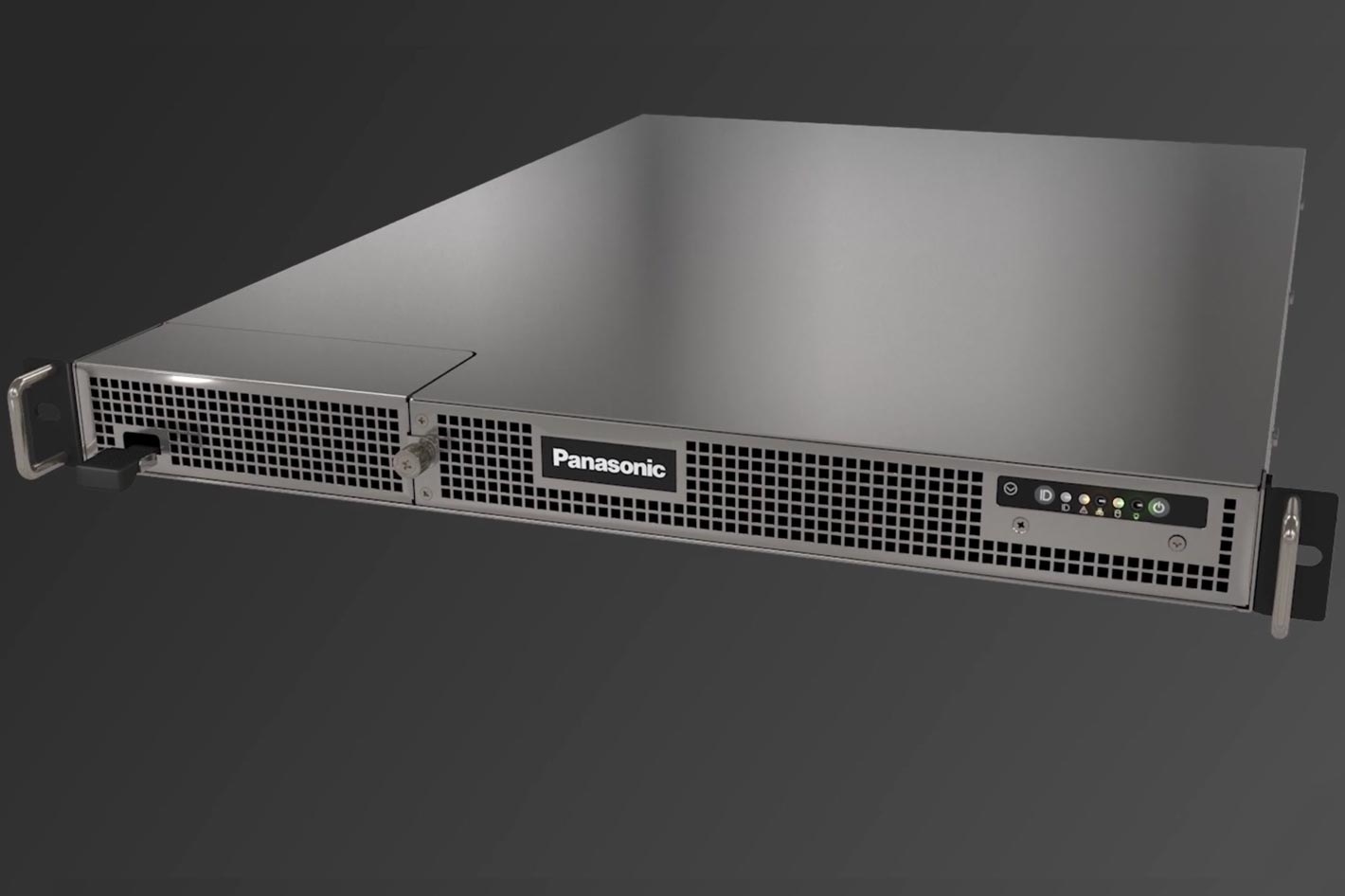
With NAB 2020 in its original format gone, Panasonic moved its presentations online, under the title The Future of Live Video Production. The company noted that “while it is unfortunate we won’t see you in person at this year’s NAB 2020 event, Panasonic is excited to showcase the future of video production at our Pro Video Broadcast, a virtual experience for customers, partners, media and analysts.”
A series of new products was introduced this May, as part of the presentation. As Panasonic says, “with rising expectations around the quality of video and streaming content, production teams are looking for ways to broadcast with flexible and cost-effective operation” and the company revealed “new products and technologies to help customers succeed today and prepare for the challenges and possibilities ahead.” The 22 minutes presentation under the title The Future of Video Production is available on demand, following the link.
KAIROS, a next generation live production platform that provides incredible productivity, is one of the key elements now announced by Panasonic. This new IT/IP video processing platform offers an open architecture system for live video switching with complete input and output flexibility, resolution and format independence, maximum CPU/GPU processor utilization and virtually unlimited ME scalability.
According to the company, “as a native IP, ST 2110 system, KAIROS supports transitions to live IP workflows and can eliminate dedicated hardware constraints. This COTS-based system creates new production opportunities involving a mosaic of IT ecosystems with a variety of vendor components from several industries.”
“KAIROS is introduced as the content creation industry transitions to live IP workflows, requiring broadcast and event producers to think about how they will future-proof their productions and facilities,” said Michael Bergeron, Panasonic senior product manager for live production systems. “With an ever-growing set of tools and hardware, producers need a comprehensive solution for multiple applications to break free of the boundaries of traditional hardware. As an IT/IP platform based on an open software architecture, KAIROS takes the various components of a broadcast program and virtualizes them, so productions are flexible, dynamic and powerful.”
For television studios, KAIROS seamlessly integrates into a facility’s ST 2110 infrastructure without requiring additional IP gateways. For houses of worship, KAIROS handles current screen management and linear broadcast needs, but can also accommodate new devices or nontraditional displays. For sports and entertainment venues or event productions, staff with diverse experience and background can employ the user-friendly GUI to deliver engaging content or set up complex systems with limited training time.
KAIROS delivers creative and operational freedom for efficient production of expressive live video. The platform features standardized IP connectivity in place of one-to-one video inputs and outputs, which enables KAIROS to support baseband and IP signals in any combination. KAIROS also features uncompressed processing of SDI, ST 2110 as well as NDI streams of any resolution such as HD and UHD and in any format, whether 16:9 or nontraditional formats such as 32:9 for an LED backdrop display.
The GPU-based processing platform also allows users to allocate processing power with 100% efficiency to achieve performance matching a larger scaled hardware system. KAIROS processing latency can be as low as one frame and also supports Precision Time Protocol (PTP) synchronization.
KAIROS offers a fully customizable, intuitive graphical user interface that enables users to manage unlimited layers and effects with ease. The platform sets a new standard of usability and customization with “Photoshop-style” intuitive live compositing interface. Since video mix processing are GUI-based, the platform does not limit the number of MEs or keys, like a traditional switcher. Keys, effects and scaling are set within each scene without restriction and the total number video layers are only dependent upon the GPU capacity.
KAIROS system centers around the KAIROS Core, main frame, which handles all video processing. Version 1 main frame will manage video I/O through a Deltacast gateway card and/or a Mellanox 100 GbE NIC (Network Interface Card) connection to COTS IP devices and SDI and HDMI gateways. Control will all be managed on devices operating over a separate Gbit Ethernet including Kairos Creator, GUI software for set up and software-based control panel and KAIROS Control, Panasonic’s premium quality 2ME style hardware control panel.
More KAIROS Creator or KAIROS Control sites can be added to the network wherever an operator, engineer or TD needs to be. Additional network hardware and an I/O expansion license can grow the number of sources and screens. Additional compatibility and features will be available through additional license keys, and adding additional main frame will create the opportunity to scale the system up to most any organization’s requirements.
KAIROS will start shipping in third quarter 2020, and the minimum configuration will be available for about $30,000, bringing the future of live production closer than one might expect, according to Panasonic.
Panasonic also announced it has established a KAIROS Alliance Partners program which includes IP COTS hardware manufacturers and leading vendors of graphics, automation, and media servers. For the KAIROS platform linking with other vendor’s components is important, as KAIROS utilizes a variety of IT ecosystems based on COTS technology and easily expands functions and links to external devices by adding application software.
